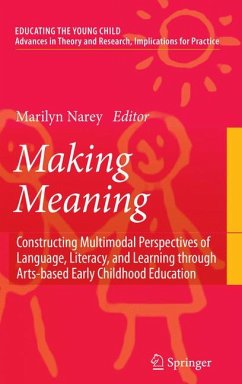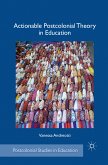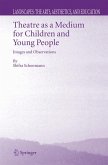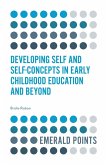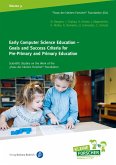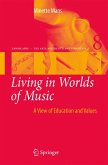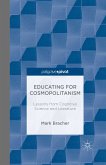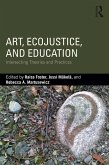Respected educational theorists from John Dewey to Elliot Eisner argue for a cognitive view of art as creation of meaning. Numerous researchers from a variety of fields promote multimodal views of language, literacy, and learning. Further, while not all practitioners have the background that encourages this multimodal conceptualization, most acknowledge that the arts have a place in the early childhood curriculum, and many express concerns that mandated prescriptive practices and high-stakes test preparation leave little time for arts experiences that were once central to the early childhood curriculum. The multimodal, child-centered understandings of art as a means of "coming to know" presented in this text offer significant implications for young children's language, literacy and learning and underscore the early childhood education professional's responsibility to advance the arts in the various settings in which they work.
Therefore, the purpose of this book is to provoke readers to examine their current understandings of language, literacy and learning through the lens of the various arts-based perspectives offered in this volume; to provide them with a starting point for constructing broader, multimodal views of what it might mean to "make meaning;" and to underscore why understanding arts-based learning as a meaning-making process is especially critical to early childhood education in the face of narrowly-focused, test-driven curricular reforms. To that end, a group of distinguished authors will provide chapters that integrate theory and research with stories of how passionate teachers, teacher-educators, and pre-service teachers, along with administrators, artists, and professionals from a variety of fields have transcended disciplinary boundaries to engage the arts as a meaning-making process for young children and for themselves.
Dieser Download kann aus rechtlichen Gründen nur mit Rechnungsadresse in A, B, BG, CY, CZ, D, DK, EW, E, FIN, F, GR, HR, H, IRL, I, LT, L, LR, M, NL, PL, P, R, S, SLO, SK ausgeliefert werden.
"As a professional resource for early childhood educators, Narey's book offers educational theory supporting multimodal teaching and educational settings. Readers will be stimulated by detailed descriptions of arts-infused curriculum and inspiring descriptions of technologyused to extend learning. It is a valuable reference for anyone interested in learning more about multimodal learning."
Excerped from:
Professional Book Reviews: Critique! Design! Engage! Opening New Spaces for Multimodal Experiences, Deidre Clary, Amy Johnson Lachuk, Andrew M. Corley, and Lucy Spence. Language Arts, Volume 89 - Number 2, November 2011.
Copyright 2011 by the National Council of Teachers of English. Used with permission.

